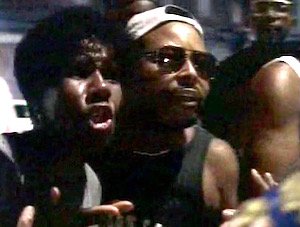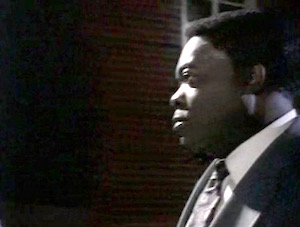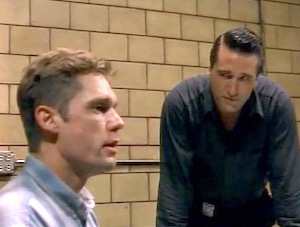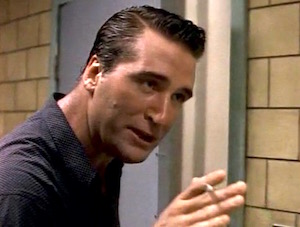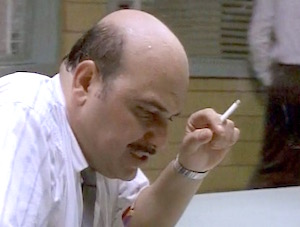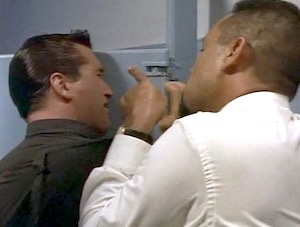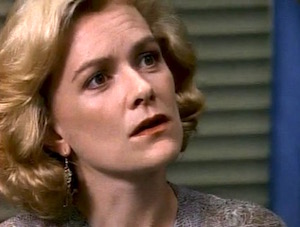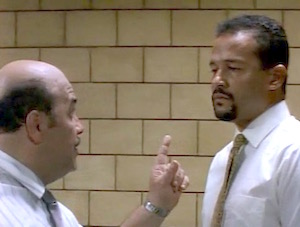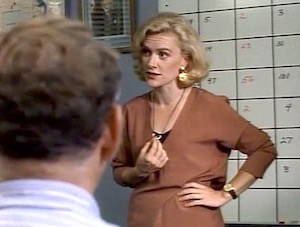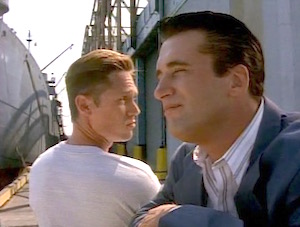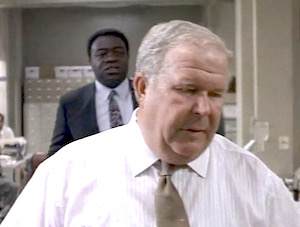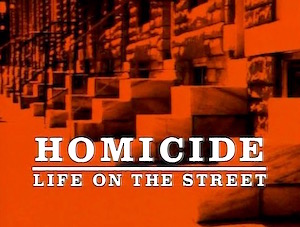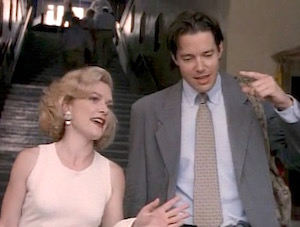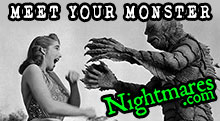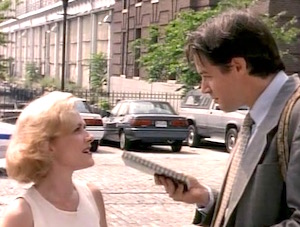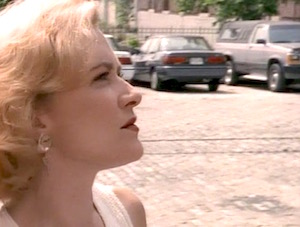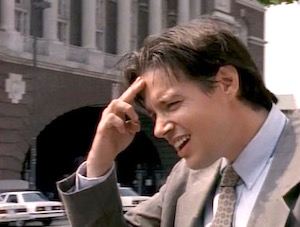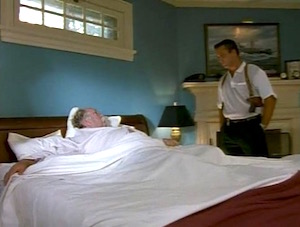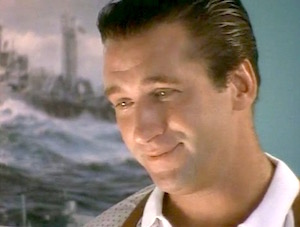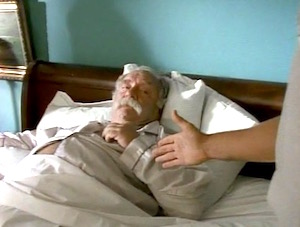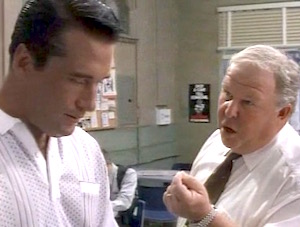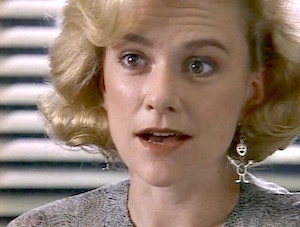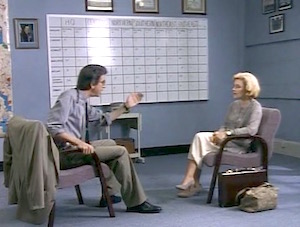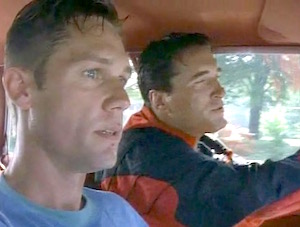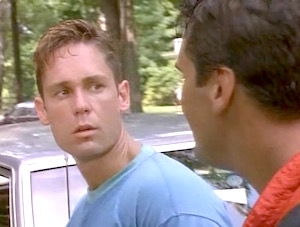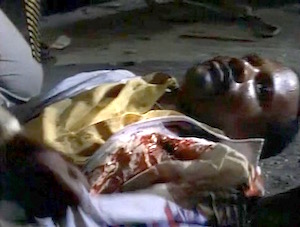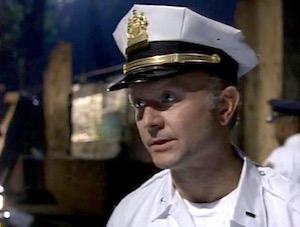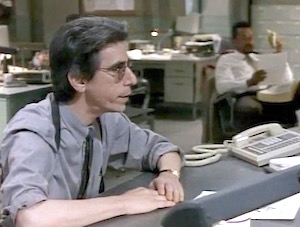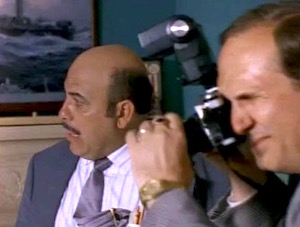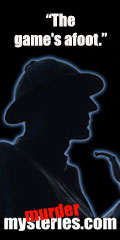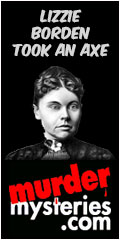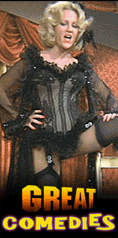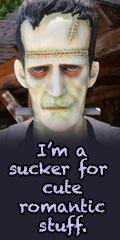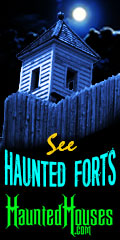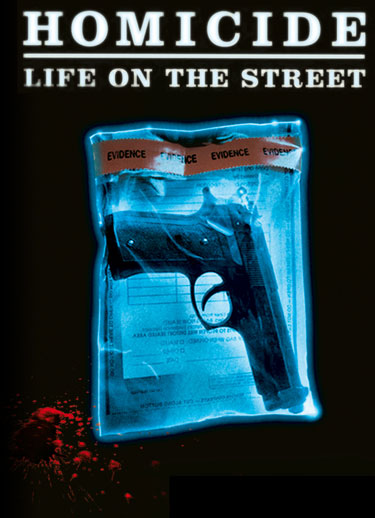
Homicide – Life on the Street
Homicide: Life on the Street was a police procedural that depicted the work of a fictionalized version of the Baltimore Police Department Homicide Unit. It ran for seven seasons (122 episodes) on NBC, from 1993 to 1999, and was followed up by a TV movie, which served as the series finale.
Although Homicide had an ensemble cast, Andre Braugher (playing Detective Frank Pembleton) emerged as the show's most prominent star. Homicide: Life on the Street racked up many critical accolades in its six years: it won TV Critics Association Awards for Outstanding Achievement in Drama in 1996, 1997, and 1998; became the first drama ever to win three Peabody Awards for drama (in 1993, 1995, and 1997); won a spot in 2007 on Time magazine's “Best TV Shows of All Time” and was named by TV Guide as "The Best Show You're Not Watching" in 1996. It also placed #46 on Entertainment Weekly's “New TV Classics” list.
See the Homicide: Life on
the Street Show Intro
The show was adapted from Homicide: A Year on the Killing Streets, a work of non-fiction by Baltimore Sun reporter David Simon that was based on his experiences with a Baltimore Police Department homicide unit. Simon became a consultant and producer with the series, saying at the time that he wanted to demythify the American police detective. While detectives are often portrayed in stories (of all kinds) as noble souls who care deeply about their victims, Simon believed actual detectives saw violence as a normal part of their jobs. He sent the book to director (and Baltimore native) Barry Levinson in the hope that it would make a good film adaptation, but Levinson, after reading it, believed it was better material for TV because the characters and stories could be chronicled over a longer period of time and fleshed out more fully. Levinson thought a television adaptation might bring a fresher, more original edge to the police drama genre, because the book exposed many of the myths of police dramas by revealing such things as the fact that cops didn't always like each other, and that criminals sometimes got away with their crimes. Levinson contacted screenwriter Paul Attanasio with Simon's material, and Homicide became Attanasio's first venture into TV writing. Consequently, all episodes of Homicide show the credit, “Created by Paul Attanasio” at the end of their opening sequence. The series title had originally been Homicide: A Year on the Killing Streets, but NBC didn't want the show's scope limited to a year, and believed that the use of the word "life" was more edifying than the phrase "killing streets". Levinson was indifferent, he thought the audience would just call the series "Homicide" either way. The opening theme music was composed by another Baltimore native, Lynn F. Kowal, a graduate of Johns Hopkins.
Homicide aimed to give viewers a no-nonsense, police procedural look into the lives of a squad of inner-city detectives. In contrast to many shows and movies that depicted cops, Homicide used bleak realism in its depiction of what it called “The Job”; it was repetitive, spiritually exhausting, often an existential threat to one's psychic well-being, glamor-free — and utterly necessary. Because of this, Homicide had a unique look and feel that set it apart from competitors. The series was filmed with hand-held 16 mm cameras for example — almost entirely on-location in Baltimore (the city became a character in its own right). It also made frequent use of musical montages, jump-cut editing, and a triple repetition of identical camera shots for key story moments. Episodes also interwove up to three or four storylines in a single episode. Production executives often asked the writers — futilely — to concentrate on one homicide case per show.
Despite bowing in a coveted post-Super Bowl time slot, the show got only lackluster ratings, and cancellation quickly emerged as a threat. It survived by winning two Emmys (one to Levinson for his direction of the episode “Gone for Goode” and one to Fontana for his screenwriting on “Three Men and Adena”). The simultaneous success of another police drama — NYPD Blue — encouraged NBC to stay with it beyond the abbreviated, nine-episode first season. Unfortunately, Homicide invariably trailed ABC's 20/20 and CBS's Nash Bridges in the ratings. Despite this, reviews were good from the get-go. In particular, critics hailed the show's complex, artfully-developed and non-stereotypical black characters.
Police department scenes were shot at the historic City Recreation Pier in the Fells Point neighborhood in Baltimore. Although NBC sometimes put pressure on the show's producers for happy endings, in the end the network gave an unusually generous degree of freedom to the writers: storylines were often dark, cases went unsolved, and criminals escaped.
Homicide's low Nielsen ratings dogged it, leaving it in chronic jeopardy; the Friday time slot worked against it as well: fewer TV viewers are at home on Friday nights. The show still managed to tough it out on the air five full seasons — seven seasons in all. In mid-1997, NBC issued the series producers an ultimatum: make Homicide more popular than Nash Bridges, or face cancellation. When this didn't come to pass, NBC came close to canceling the show. Then came a series of events that increased Homicide's value in NBC's eyes. Among these were the loss of Seinfeld, and an $850 million deal which was required to keep ER from leaving the network.
Strikingly, Homicide inspired changes in the actual Baltimore homicide unit. As seen in the show on a weekly basis, the unit originally used a dry erase board to track detectives' crime-solving progress. In the glare of audience attention, the Baltimore Police Department abandoned the practice, coming to believe that the board, with its emphasis on “clearance rates” for crimes, hurt the unit's reputation. This change proved temporary however; the board was later brought back at the insistence of detectives.
Recurring cast members
Homicide featured a number of recurring characters, who appeared alongside the ensemble. Wendy Hughes (Carol Blythe), Ami Brabson (Mary Pembleton) and Željko Ivanek (Ed Danvers) are the most notable, with the first appearing in Season 1, and the other two appearing in Seasons 1–6 and Seasons 1–7. Clayton LeBouef played Colonel George Barnfather throughout Homicide's run. Ralph Tabakin played Dr. Scheiner in all seven seasons. The recurring cast also featured: Gerald F. Gough as Col. Burt Granger (seasons 1–3); Lee Tergesen as Officer Chris Thormann (seasons 1, 3 and 5); Sean Whitesell as Dr. Eli Devilbiss (seasons 1, 3, 4, 6 and 7); Michael Willis as Darin Russom (seasons 1–7); Sharon Ziman as Naomi (seasons 1–7); Judy Thornton as Judy (seasons 2–7); Herb Levinson as Dr. Lausanne (seasons 2–7); Gary D'Addario as Lt. Jasper (seasons 3–7); Walt MacPherson as Capt. Roger Gaffney (seasons 3–7); Harlee McBride as Alyssa Dyer (seasons 3–7); Rhonda Overby as Reporter Dawn Daniels (seasons 3–7); Kristin Rohde as Officer Sally Rogers (seasons 3–7); Mary B. Ward as Beth Felton (season 3); Christopher Meloni as bounty hunter Dennis Knoll (season 7); Erik Dellums as Luther Mahoney (seasons 4 and 5); Mekhi Phifer as Junior Bunk (seasons 5 and 6); Hazelle Goodman as Georgia Rae Mahoney (season 6); Ellen McElduff as Billie Lou Hatfield (seasons 5–7); Austin Pendleton as Dr. George Griscom (season 7), and Jason Stanford as Joe Ryblack (seasons 6 and 7).
Notable guest appearances
A number of well-known actors and celebrities appeared on the show, including Steve Allen, Lewis Black, Wilford Brimley, Steve Burns, Steve Buscemi, Bruce Campbell, Joan Chen, Vincent D'Onofrio, Jeffrey Donovan, Tate Donovan, Charles Durning, Charles S. Dutton, Richard Edson, Kathryn Erbe, Edie Falco, Peter Gallagher, Paul Giamatti, John Glover, Moses Gunn, Luis Guzmán, Jake Gyllenhaal, Marcia Gay Harden, Neil Patrick Harris, Pat Hingle, James Earl Jones, Terry Kinney, Bruno Kirby, Tony LoBianco, Julianna Margulies, Jena Malone, Christopher Meloni, David Morse, Terry O'Quinn, Joe Perry, Chris Rock, J.K. Simmons, Fisher Stevens, Jerry Stiller, Eric Stoltz, Tony Todd, Lily Tomlin, Kate Walsh, Isaiah Washington, Robin Williams, Dean Winters, Elijah Wood, and Alfre Woodard. Jason Priestley joined the cast in the climactic television movie, during which his character called Pembleton and Bayliss “legends”. Typically, well-known actors making guest appearances on Homicide were cast in fully developed roles central to the episode in which they appeared. Robin Williams' grieving widower and father in the second-season, “Bop Gun”, is a good illustration of this, as is Steve Buscemi's role as a suspected gunman in the third-season “End Game”.
Some celebrities made more lighthearted cameo appearances. Director (and Baltimore native) John Waters — who called the show “the grittiest, best-acted, coolest-looking show on TV” — guested twice, once as an anonymous bartender listening to a disconsolate Detective Bolander, and once as a talkative con transferred from New York to Baltimore by Det. Mike Logan (Chris Noth). Waters and Noth got “special thanks” in the closing credits. Out traveling on his motorcycle, Jay Leno stopped at the Waterfront for a soft drink, but left quickly after finding his bartenders strangely silent. In one especially self-referential episode, journalist Tim Russert appeared as himself, bickering over birthday presents with his “cousin”, Lieutenant Megan Russert. Director Barry Levinson, who also executive produced the show, put in an appearance as himself directing an episode for a show-within-a-show called Homicide in the episode, “The Documentary”.
Baltimore Mayor Kurt Schmoke and Maryland Governor Parris Glendening showed up briefly in an episode about the death of Beau Felton, appearing at the memorial press conference for Felton's death in the line of duty.
Recurring characters of note included the Mahoney crime family. Luther Mahoney (Erik Dellums) appeared in seasons four and five. Mahoney played a crime and drug kingpin who has others do his dirty work and artfully manipulates the law to escape conviction. At first, he is depicted as an almost friendly rival, with both Mahoney and the police mutually amused by Mahoney's antics. Gradually, the police — especially Kellerman and Lewis — grow frustrated with Mahoney, until Lewis viciously beats him during an arrest, and Kellerman fatally shoots Mahoney under murky circumstances.
In the next season, the Mahoney organization is taken over by Luther's sister Georgia Rae (Hazelle Goodman), who pursues both legal and illegal revenge against the Baltimore Police Department.
Mekhi Phifer makes several appearances as Junior Bunk, a dim-witted street thug initially who's initially seen as someone who might be able to go straight. His crimes grow more violent over time, however, and in his last appearance he's revealed to be Georgia Rae's son, whose real name is “Nathaniel Lee Mahoney”. Junior's final appearance takes place after he's been hardened by jail time, and the once minor criminal deals the homicide department a major blow with a multiple shooting in the police station, killing three uniformed cops and injuring two main characters. The police respond by declaring all-out war on the Mahoney crime organization.
Homicide was noteworthy among network TV shows for its multi-faceted depictions of African Americans. While not explicitly African-American-themed, it was set in Baltimore, and so naturally chronicled a number of issues specific to the city's African-American community.
